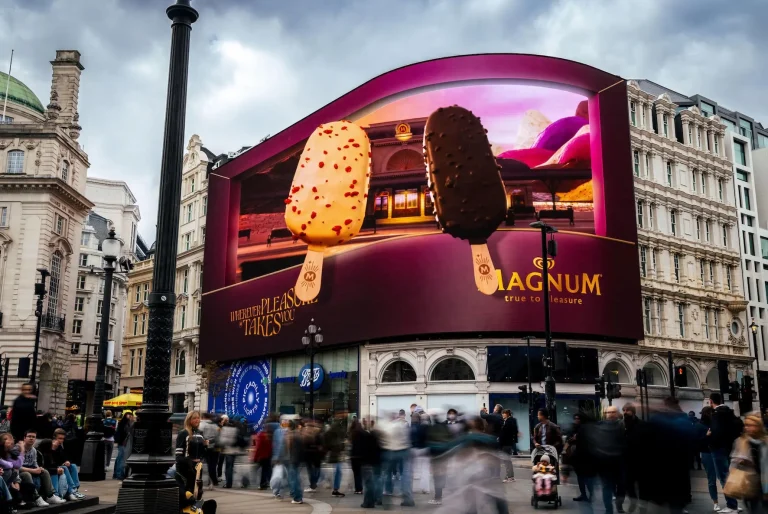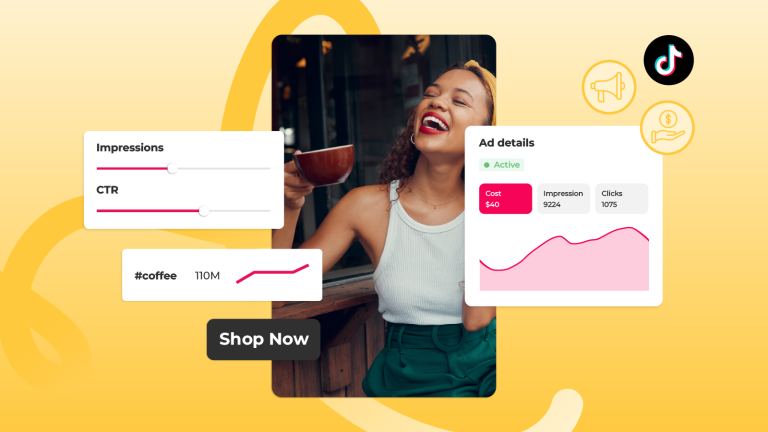Social Media
In digital marketing strategies, integrating Google Ads and social media ads, rather than focusing on a single platform, is one of the most effective ways to increase brand awareness and boost conversion rates. This integration allows your ads to reach a broader audience while also ensuring that your marketing budget is used efficiently. So, how can you make these two powerful platforms work together in harmony? Here are the details!
1. Set Common Goals
The first step in the integration process is to define clear and aligned goals for both platforms. For example:
- Google Ads: Increase direct conversions with search network campaigns.
- Social Media: Enhance brand awareness and capture the attention of potential customers.
By aligning your goals, you can create ads that target different stages of the customer journey, effectively guiding users from awareness to conversion.
2. Design Smarter Ads by Sharing Data
Google Ads and social media platforms (such as Meta, LinkedIn, TikTok) collect data in different ways. By combining this data, you can run more intelligent campaigns.
- Google Ads Conversion Data: Helps identify which keywords are driving the best performance through search and display ads.
- Social Media Analytics: Provides better insights into your audience’s demographics and interests.
For instance, you can create a Lookalike Audience on Google Ads based on a high-engagement audience on social media. This allows you to retarget users with similar characteristics, increasing the chances of conversions.

3. Leverage the Strengths of Each Platform
Turning the strengths of each platform into an advantage is critical for the success of the integration:
- Google Ads: Provides access when users have a high intent to purchase.
- Social Media: Enhances brand loyalty through storytelling and visual content.
For example, a campaign you promote on social media can be carried to the purchase stage using Google Ads Remarketing.
4. Use Consistent Messages and Creatives
Consistent messaging across platforms ensures that users can easily recognize your brand.
Be sure to use the same theme, color palette, and tone of voice in your ad copy and visuals.
For example, when promoting a discount on Meta ads, you can highlight the same promotion details in your Google Search Ads.
5. Measure and Optimize Performance Together
Analyzing the performance of both Google Ads and social media ads under one roof makes it easier to understand which strategies are working.
- UTM Parameters: Use these to track which channel is driving conversions.
- Google Analytics and Social Media Reports: Allow you to compare user interactions across different platforms.
With this data, you can optimize low-performing campaigns and reallocate your budget to the more effective channels.
The integrated use of Google Ads and social media ads can create a significant leap in your brand’s digital marketing strategy. By combining the strengths of these two platforms, you can reach the right people at the right time and increase your conversion rates. Following steps like goal-setting, data analysis, and consistent messaging will make it easier to achieve success.
If you’d like to develop customized integration strategies for your brand, feel free to get in touch with Marker Groupe‘s expert team!




